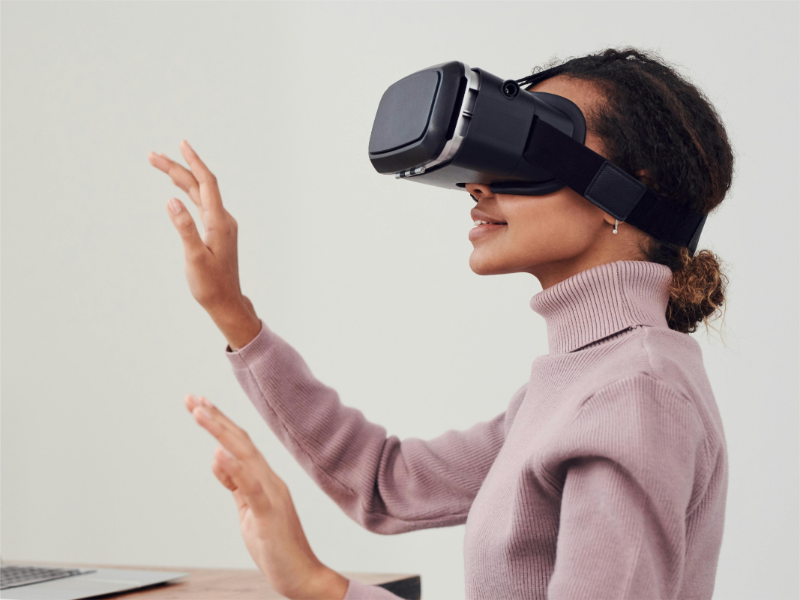- The Vatican has launched a new artificial intelligence service for St. Peter’s Basilica
- These new services include virtual reality (VR) and augmented reality (AR) capabilities
What happened
The Vatican launched new AI services for St. Peter’s Basilica on Monday, November 11. The service allows everyone to virtually explore its Renaissance-era architectural treasures and offers an enhanced visitor experience.
These new services include virtual reality (VR) and augmented reality (AR) features, providing visitors with an interactive and immersive tour. “St. Peter’s is like a starry sky on a summer night: you remain enchanted by its splendour,” said St. Peter’s archpriest Cardinal Mauro Gambetti. He explained that the new tools would serve as telescopes or spacecraft, allowing people to better appreciate the basilica. The plan is part of the Vatican’s strategy. It aims to combine its deep religious heritage with cutting-edge technology to welcome millions of pilgrims and tourists in a modern way.
Additionally, the Vatican has partnered with technology giant Microsoft and Iconem, a company specializing in the digitalization of heritage sites. The Vatican has launched a new interactive website, a digital replica of the basilica, and two AI-driven exhibitions.
Also read: Vatican Launches AI Services at St. Peter’s Basilica for Jubilee!
Also read: AI brings St. Peter’s Basilica to the virtual world
What it’s important
The Vatican is using artificial intelligence in St. Peter’s Basilica. It is a timely reminder of how traditional institutions are navigating the digital age. The move is part of a broader trend. Cultural and religious sites are leveraging technology to increase accessibility and participation.
Much like museums and historical landmarks that are increasingly adopting VR and AR, the Vatican is setting an example for others in the cultural heritage sector. For instance, small tech startups like Curatours. It provides virtual tours for historical sites, have shown the growing demand for immersive, technology-enhanced experiences. Curatours’ AI-powered tours offer personalized experiences for users and are becoming increasingly popular in the tourism industry.
The Vatican’s initiative may encourage small institutions with limited budgets, including museums and religious sites, to explore similar AI integrations. In this sense, the Vatican is helping to democratize access to cultural heritage, making it more interactive and available to a global audience, regardless of location.

